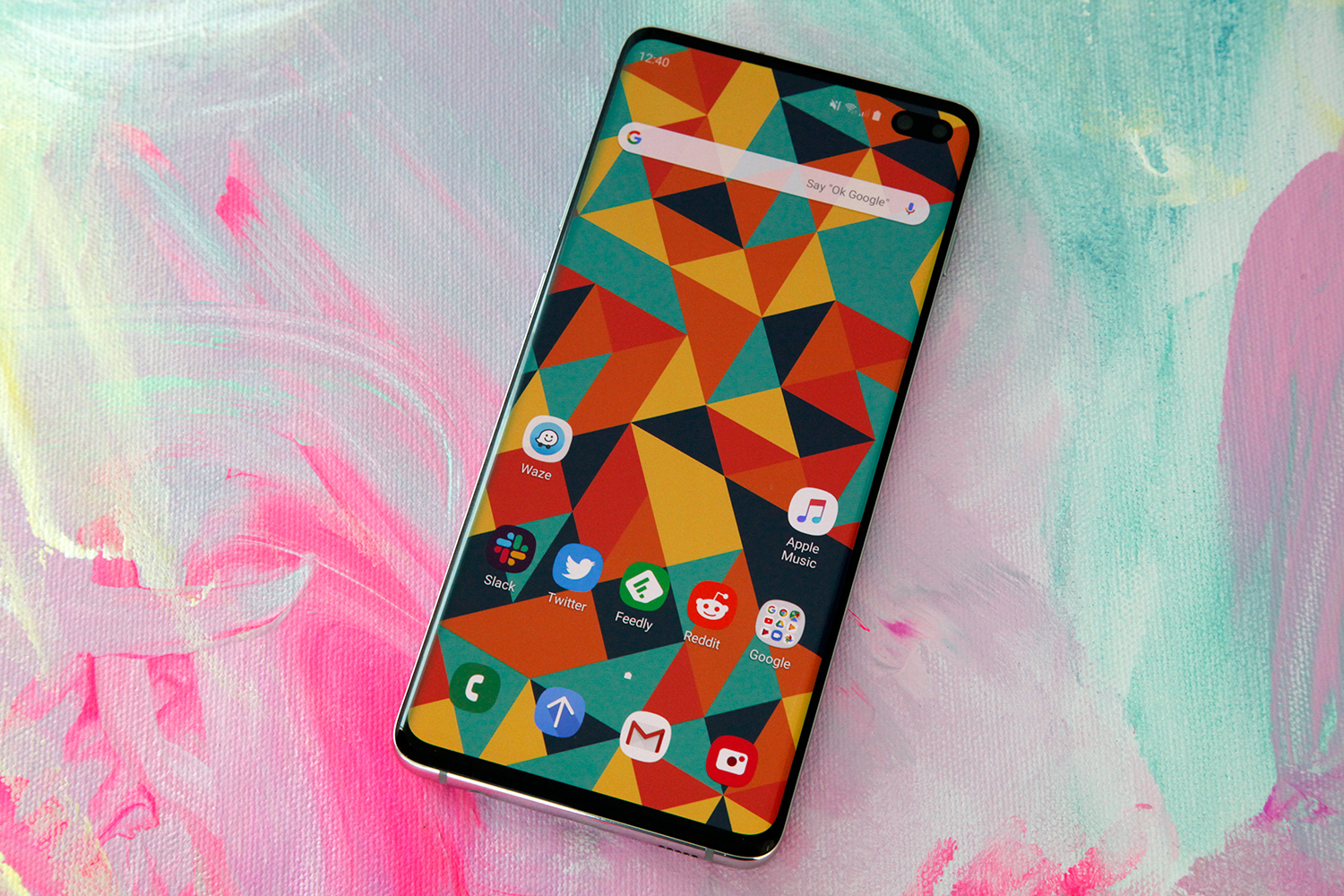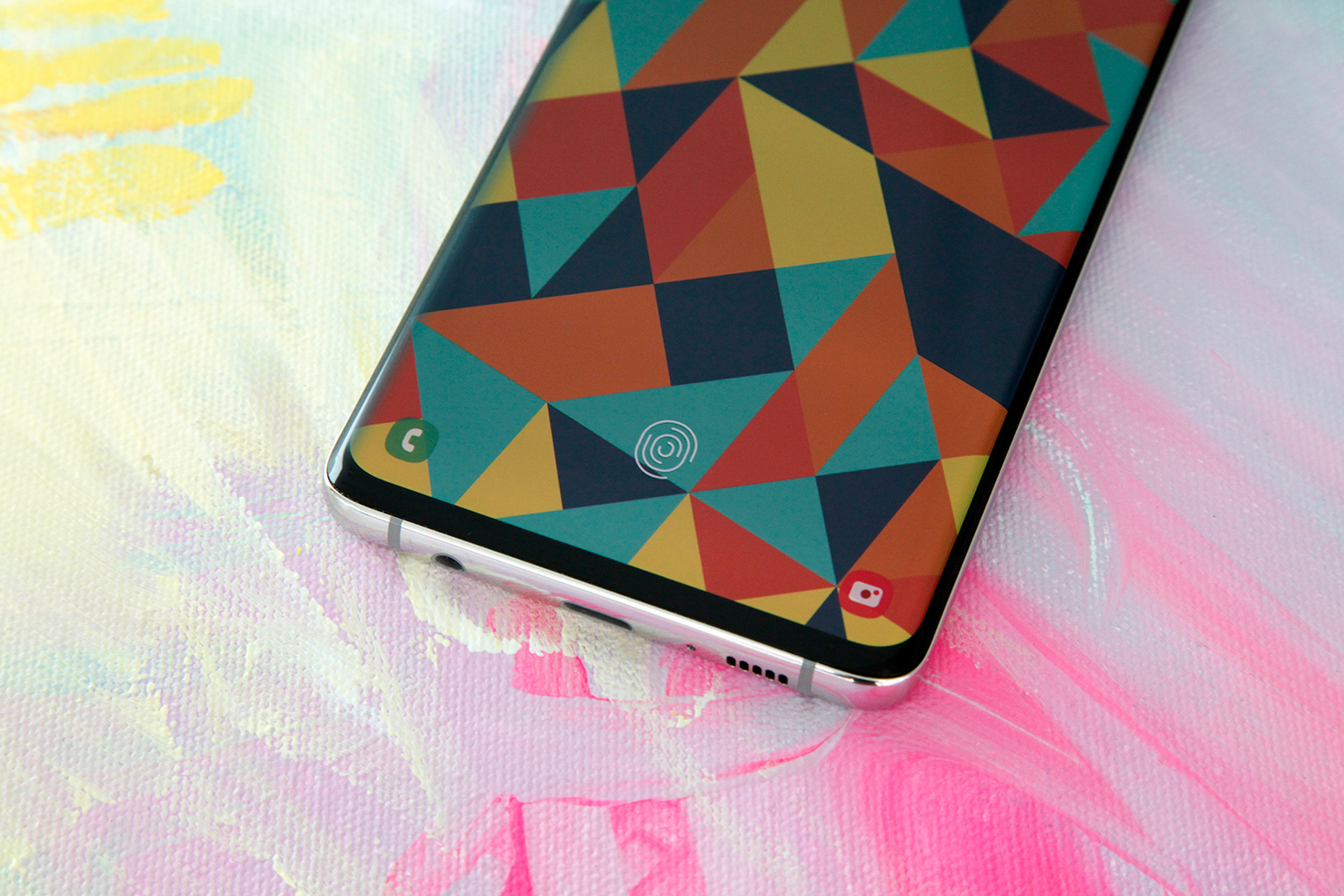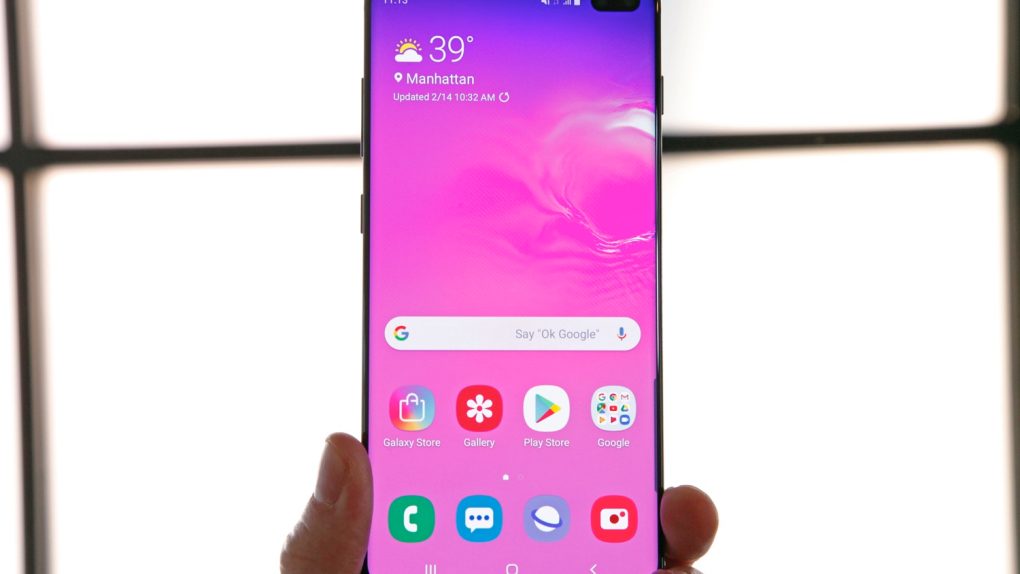Today is the day Android fans have been waiting for. Well, sort of. Samsung phone launches aren’t exactly like iPhone launches, where Apple and its partners take extra care to ensure no phones are delivered ahead of the phone’s official release date. As is the case each year, the Galaxy S10 has gone on sale early in some regions and many shipments arrived early all around the world. But Friday marks the first day that consumers in the United States can walk into any store and check out Samsung’s new Galaxy S10, and we strongly urge you to do just that. The Galaxy S10 series marks one of the most exciting smartphone updates we’ve seen in years from any brand.
We already published our in-depth review of the Galaxy S10 and Galaxy S10+, and we focused on the Galaxy S10e in a separate post just yesterday. All three of these new Samsung phones are fantastic. They feature bold new designs, all the power you might need, and they’re packed full of exciting new features that Samsung fans are going to love — especially after last year, when Samsung released its most boring Galaxy S phones ever. If you’re still on the fence and trying to decide whether checking out the Galaxy S10 is worth your time, take a quick look through this post first. Below, you’ll find the 10 best things about Samsung’s new Galaxy S10 lineup.
Choice
Simply put, one of the best things about the Galaxy S10e, Galaxy S10, and Galaxy S10+ is the simple fact that there is a Galaxy S10e, a Galaxy S10, and a Galaxy S10+.
Samsung copied Apple’s 2018 smartphone strategy with its 2019 Galaxy S phone lineup. The South Korean tech giant hasn’t been copying Apple as much these days, but we’re certainly glad it borrowed this idea from its top rival. The Galaxy S10 and Galaxy S10+ line up with Apple’s iPhone XS and iPhone XS Max, while the lower-cost Galaxy S10e fills the same space that was filled last year by Apple’s iPhone XR.
The Galaxy S10 series offers something for everyone. You can get a $750 phone that still features just as much power as a top-of-the-line model, or you can spring for the $1600 Galaxy S10+ with 1TB of storage and a whopping 12GB of RAM. The Galaxy S10e and S10 are reasonably compact and are comfortable to use with one hand, while phablet lovers will swoon over the massive 6.4-inch Quad HD+ Dynamic AMOLED screen on the S10+. All the bases are covered, and each Galaxy S10 model has key advantages over the others.
New design

Samsung fans really wanted a fresh design and exciting new features in 2018 as the Galaxy S9 launch neared. Sadly, the S9 series didn’t check either of those boxes. It used a design that was nearly identical to the Galaxy S8 from 2017, and there were no new marquee features whatsoever. The S9 was merely a specs bump and nothing more. Well, the Galaxy S10 series is so, so much more than just a specs bump.
Yes, the Galaxy S10 series offers huge performance gains over last year’s Galaxy S9. In our tests, we found that the Galaxy S10 was almost able to match the market-leading iPhone XS in some key benchmark tests. But performance is only the beginning. The new all-screen design Samsung whipped up in 2019 is stunning, and it features one of the best screen-to-body ratios we’ve seen.
Samsung opted to stay away from the traditional notch design on the S10, and decided instead to adopt new HIAA (hole in active area) tech. The selfie cameras are positioned inside holes that are cut out of the actual screen. The rest of the sensors are positioned in the slim bezel above the display, as is the ear speaker.
Simply put, the Galaxy S10 is stunning.
Dynamic AMOLED screen
This one is going to come as a huge surprise, we’re sure: the new Dynamic AMOLED screens on Samsung’s Galaxy S10 series phones are the best smartphone screens on the planet. Hands down. Period.
Apple’s OLED screens on the iPhone XS come pretty close, and that makes sense since they’re supplied by Samsung. But the vivid colors on the company’s new Dynamic AMOLED screen take things to the next level. The Galaxy S10’s displays are packed full of pixels, with Quad HD+ resolution and a pixel density as high as 550 ppi on the Galaxy S10. The resolution is set at Full HD by default, and even at that resolution you’ll be blown away by how clear images are on the S10. Samsung impresses us each and every year with its new display advancements, and 2019 is no different.
Hole-punch cameras
The trendy new hole-punch camera design that’s featured on Samsung’s new Galaxy S10 lineup might not truly be any better than the traditional notch, but it’s still exciting and new, and it’s going to be a huge draw for Samsung’s new Galaxy S10 series.

Smartphone makers are focusing tremendous resources right now on pushing us closer and closer to the all-screen design people have been dreaming of for years. There are a bunch of different solution such as pop-up selfie cameras, slide-out selfie cameras, and even secondary screens on the back of phones so there’s no need for a selfie camera at all. The hole-punch camera is our favorite solution right now, and it’s a stopgap on the way to cameras that are embedded under transparent displays that can still light up so you won’t even know the camera is there until you need it.
In the meantime, the hole-punch camera is just like a notch in that you’ll completely forget it’s there after using the phone for a short while. It also helped Samsung achieve very impressive screen-to-window ratios (which measures the area of glass only, not the metal edges of the phone) of up to 93.1% on the Galaxy S10+.
In-display fingerprint sensor
While hole-punch cameras involve cutting something out of the Galaxy S10’s screen, this next feature involves putting something extra into the Galaxy S10’s screen. That’s right, the in-display fingerprint sensor is going to be a big deal for Samsung fans this year.

Instead of fumbling around on the back of the phone, the Galaxy S10 and Galaxy S10+ feature ultrasonic sensors embedded under the screen itself. An icon on the screen shows you where to touch, and the sensor has worked surprisingly well in our tests. We have found that you have to press a bit harder that normal with this new ultrasonic sensor, and it does take an extra beat or two to get a reading. But it’s also far more secure than traditional fingerprint readers to the trade-offs are worth it.
Of note, the Galaxy S10e has a traditional fingerprint sensor in the power button rather than the in-screen sensor. It isn’t nearly as cool, but it is much faster.
New cameras
The camera on Apple’s iPhone XS and iPhone XS Max is very impressive, but it’s hardly the best in the business these days. That honor goes to Huawei’s latest flagship smartphones, and some people think Google also outclassed Apple with the camera on its latest Pixel phones. Well, we’ve got some bad news for Apple fans today: Samsung’s new Galaxy S10 cameras also top Apple’s iPhones in a number of key areas.
I’ve been testing the Galaxy S10+ for a few weeks now and I’ve been very impressed with the camera performance. Still photos are crisp and clear, with gorgeous and accurate color reproduction that really pops. Video is quite impressive as well, and I’m blown away by how good the image stabilization is on Samsung’s new phones. The front-facing cameras are outstanding as well, so if you’re a big selfie fan then you should prepare to be impressed. There are also some very nifty software enhancements like the Bright Night feature that’s similar to Google’s Night Sight on its Pixel phones. It definitely helps in low light scenes, though it’s not quite as impressive as Google’s implementation.
Fast Wireless Charging 2.0
Samsung’s wired fast charging tech has been impressive for years, allowing you to add hours of usage time to your phone’s matter life in as little as 15 to 30 minutes. Now, the same can be said of wireless charging. If you get a compatible charger you can refuel your Galaxy S10 handset just as fast wirelessly as you can with the wired charger that comes in the box. In other words, you never have to fuss with cables and connectors again!
Wireless PowerShare
Speaking of power and charging, Samsung added a new feature to the Galaxy S10 lineup that’s definitely going to drop some jaws. It’s called Wireless PowerShare and it does exactly what it sounds like — it allows your Galaxy S10 to share its power with other devices wirelessly. Enable Wireless PowerShare from the quick settings menu and place your Galaxy S10 face down on a table. Then put any Qi compatible device like Galaxy Buds, your Samsung smartwatch, or another smartphone on top and it’ll start charging.
Up to 1.5TB of storage

Limited storage space remains one of iPhone users’ biggest complaints, but it’s not going to change anytime soon. Up-selling to bigger storage tiers is how Apple maintains such massive margins and high average selling prices for its iPhone lineup, so it’s not about to take a bite out of all that profit.
Samsung has a much more consumer-friendly approach, thankfully. It offers the Galaxy S10 in several different storage tiers up to a whopping 1TB on the Galaxy S10+. In addition, all Galaxy S10 models from the S10e up to the S10+ include microSDXC support, so you can add another 512GB of storage whenever you want. That’s a total of up to 1.5TB of storage!
Intelligent Performance
Samsung has baked a bunch of nifty new AI features into the Galaxy S10, but there’s one in particular that can really speed things up. It also happens completely in the background, so most users are going to appreciate it without even knowing it’s there.
Samsung’s new Galaxy S10 has a new feature called “Intelligent Performance” that learn user habits, including the times they open and use specific apps in specific locations each day. Once patterns are identified, apps are actually loaded automatically in the background at before the user even opens them. The result is much faster app launches and less time waiting for things to load, which obviously has a big impact on the user experience. The phone also closes apps from the background at certain times when it predicts that they won’t be used, saving resources and extending battery life in the process.








